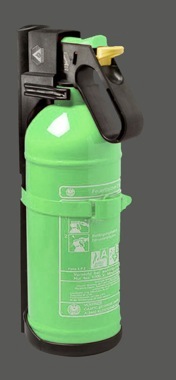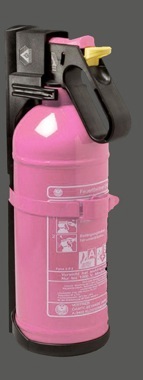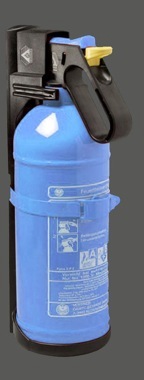
Colour superimposed on form creates design. The same forms in different colours can appear as different designs, each with its own effect and significance.
Design psychology is concerned – to put it simply – with the psychology of interaction between people and things. How, for example, should items of practical use be designed so that we immediately understand their function?
What thought-patterns (conceptions, expectations, explanations) guide us in the handling of appliances? What makes a product user-friendly? How should objects and utensils be designed in order to appeal to our (purely) aesthetic sense?
For further information see Literature link.

design psychology



